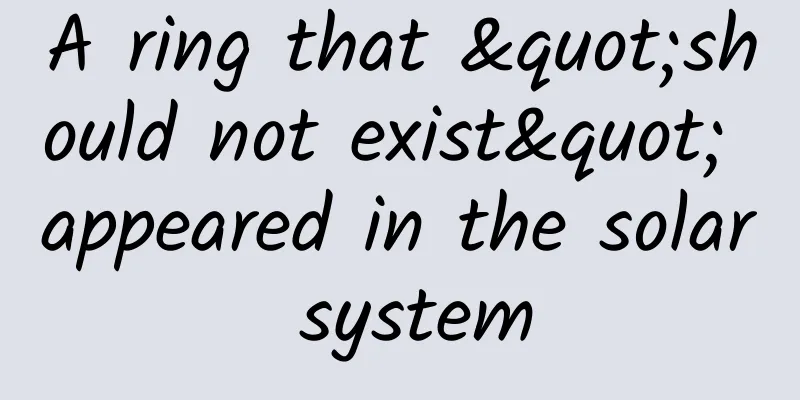Why does time seem to pass slowly when we are doing homework, but pass quickly when we are playing?

|
Why does time seem to pass slowly when we are doing homework, but pass quickly when we are playing? Author: Zhu Lei Children have all experienced this: when doing homework, they always feel that time passes very slowly, thinking that they have worked for an hour, but in fact only 10 minutes have passed. When playing with friends, it is just the opposite, time passes very quickly, and it feels like they have only played for 10 minutes, but the phone watch shows that 1 hour has passed. Why is this? From a psychological perspective, it is because children find homework hard and mentally taxing, so they feel that time is going very slowly. On the other hand, playing is relaxing and makes people feel comfortable, so time will quietly slip away when you are playing. The great physicist Albert Einstein proposed another theory of the relative speed of time, which is the theory of relativity. Of course, the theory of relativity is a very advanced physics theory, far beyond the scope of our physics enlightenment. The theory of relativity believes that time and space are relative, and the speed of time passing is not constant, but related to the speed of the observer. However, our physics enlightenment only talks about the content of classical physics, and believes that the speed of time passing has nothing to do with the speed of the observer. 1 minute is 1 minute, 1 hour is 1 hour. Whether the observer is stationary or moving close to the speed of light, it does not affect the passage of time. How is the time determined? Long ago, humans had neither clocks nor mobile phones, and could only determine time based on some natural things. For example, when the rooster crowed in the morning, it was time to get up. When the sun rose, it was time to work. But these methods of determining time were obviously inaccurate, so people made sundials by taking advantage of the different lengths of shadows cast on objects due to the different heights of the sun during the day. The time can be determined more accurately based on the length and position of the shadow left by the pointer on the sundial. However, not every day is sunny. When it is cloudy or rainy or snowy, the sundial cannot be used. So what should we do? People thought of using incense sticks to determine time. The burning speed of incense sticks can be controlled. When the incense sticks are burned out, it means a certain amount of time has passed. So how long does it take for the incense sticks to burn out? Some say it is half an hour, and some say it is an hour. In addition, people also determined the time based on the amount of water dripping from a copper kettle. This device was called a copper kettle clepsydra. The hourglass is also a commonly used timekeeping tool and is still in use today. But these methods are not accurate enough. If you want to measure time more accurately, such as Galileo's study of free fall, you need to measure time more accurately. So what should you do? Galileo discovered an interesting phenomenon. He fixed one end of a thin rope and tied a small ball to the other end, and hung it up. The ball remained still at the lowest point and was in a balanced state. Then he pulled the ball a short distance away from the lowest point, while keeping the thin rope straight and not loose. Then he let the ball go. He found that the time for the ball to move back and forth was equal. This time had nothing to do with the weight of the ball or the distance of the ball from the lowest point, but only with the length of the thin rope. This device is called a simple pendulum, and this phenomenon is called isochronism of the pendulum. The isochronism principle of a simple pendulum means that no matter whether the swing amplitude (when the swing angle is less than 5°) is larger or smaller, the time it takes to complete a reciprocating swing is the same. In fact, the time of the reciprocating motion of a simple pendulum is called the period. The period formula is T=2π(l/g)^(1/2), where l is the length of the pendulum and g is the local gravitational acceleration. This formula was derived by the Dutch physicist Huygens. By utilizing the isochronism of a simple pendulum, we can create more accurate timekeeping tools, such as mechanical pendulum clocks. According to Huygens's formula for the period of a simple pendulum, it can be calculated that the period of a simple pendulum with a length of 1 meter is approximately 2 seconds. Using a simple pendulum to tell time is accurate enough for daily life, but since the length of the pendulum is affected by factors such as temperature, force, and air resistance, there is a certain amount of error, so it is not suitable for timing that requires high precision. Therefore, in 1967, the General Conference on Weights and Measures defined the second as the duration of 9,192,631,770 cycles of radiation corresponding to the transition between two hyperfine energy levels of the atomic ground state of cesium-133. The vibration of cesium-133 atoms is very stable, with an error of only about 1 second per million years, and the accuracy is very high. Key Points 2. Isochronism of a simple pendulum. Galileo discovered that the time for a simple pendulum to reciprocate is fixed. Huygens derived a formula for calculating the period of a simple pendulum. This article is excerpted from "Physics Enlightenment Lesson for Children" (written by Zhu Lei, China Women's Publishing House, 2022) |
<<: Stop saying you are “old” all the time, because you will really get older the more you say it!
>>: The strange "Swallow in the Stone" is actually an ancient shellfish
Recommend
Tik Tok account monetization strategy!
Now that you have fans and traffic, how do you mo...
Looks cool iris photos, but actually hides a mystery
Produced by: Science Popularization China Author:...
What? I've been picking pine cones for so many years, and you tell me it's not a fruit?
There is a "pine cone tower" hanging ne...
After practicing robot manufacturing for more than 20 years, she has made designing robots as easy as “building blocks”!
As early as 2002, she obtained a permanent teachi...
Promotional marketing: These 4 creative advertising techniques can increase click-through rate by more than 30%!
Anyone who does marketing promotion may encounter...
Why do more people with lung cancer get worse in winter? How can lung cancer patients spend the winter safely? Pay attention to these 6 details
Winter is the most difficult season for lung canc...
Is it healthier not to order takeout? Wrong! If you have these 7 bad cooking habits, it will hurt your body more than eating takeout
When it comes to ordering takeout Many people fee...
Douyin video account with daily income of 8000+ is a monetization model suitable for newbies
On September 10, 2020, I would like to recommend ...
Suddenly blocking someone for no reason, does that mean you have a dark mentality?
Key Points ★ People with the "Dark Triad&quo...
How to keep up with the latest trends without becoming outdated?
The public relations departments of various compa...
Kaola.com Product Analysis
Cross-border import e-commerce is an activity in ...
Great Wall Motors is caught in a mass resignation storm, highlighting the difficulties of electrification transformation
On March 12, the news of a large number of Great ...
The geological code of "Flame Mountain"
The "Flame Mountain" in the Turpan Basi...
The first phase of 5G standards released, Chinese manufacturers accounted for 30% of the standards
The plenary meeting of the international standard...
Common problems and solutions for OCPC delivery?
As more and more companies are doing search oCPC ...









